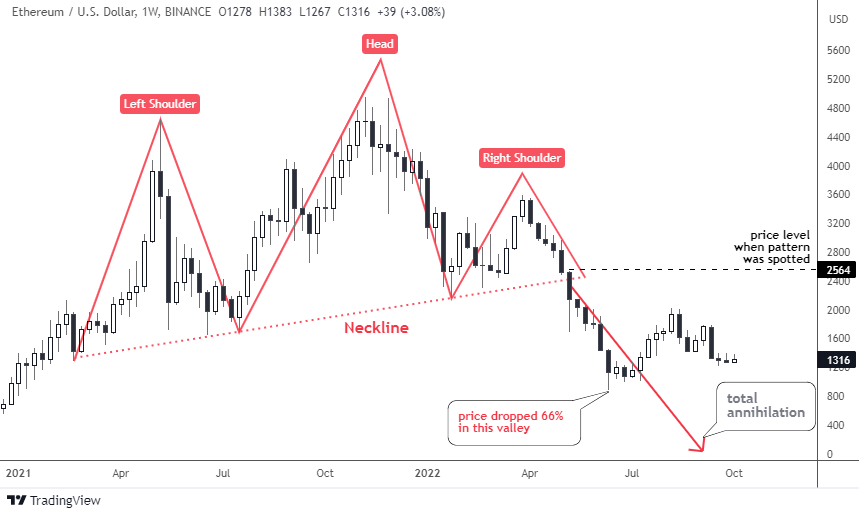Given its past history, both over the long term and especially more recently, it’s inevitable, if not a given, that the Federal Reserve will screw up. This time should be no different. When exactly this will manifest itself is hard to say, but it may be soon—possibly before the end of this year or in early 2023.
The Fed, as we know well, grossly inflated prices and asset values post-pandemic by sticking too long to an overly accommodative monetary policy, holding its benchmark federal funds level at zero percent as recently as March and continuing to buy Treasury bonds, long after inflation was shown to be a lot more “transitory” than the Fed thought.
Now we are all paying the price for the Fed’s belated realization that it was wrong about inflation, as it has raised interest rates five times in the past six months, to 3.00%-to-3.25%, including 75 basis points at each of its past three meetings, and shows few signs of intending to sit and wait and see how those rate hikes will affect the economy.
In the process, the Fed has basically chucked the second piece of its dual mandate, namely maximizing employment, in order to slay the inflation beast.
The American consumer and investor are thus no better than pawns in the Fed’s game of trying to fix a situation it largely created by itself, yet there is no reason to believe that its current policies are any better or smarter than its previous prescriptions, which involved flooding the financial markets with buckets of cheap money it didn’t need.
Now it’s trying to undo all that in a few short months, all while trying not to steer the economy into the ditch, although perfectly happy to throw people out of work and gut their retirement portfolios.
(Question: If the Fed’s actions will force some people to keep working or rejoin the labor force—and there are still plenty of job openings—doesn’t that work against its plan to reduce employment?)
At some point — sooner rather than later, we hope, but no doubt later than everyone else — the Fed will suddenly come to the conclusion that it’s gone too far with tightening and will start to take its foot off the monetary brakes. It may not start to lower interest rates, necessarily, but at least take a breather and see what effect its recent new-found hawkishness has had on inflation and economic growth. Continue reading "Poised for the Fed Pivot"



